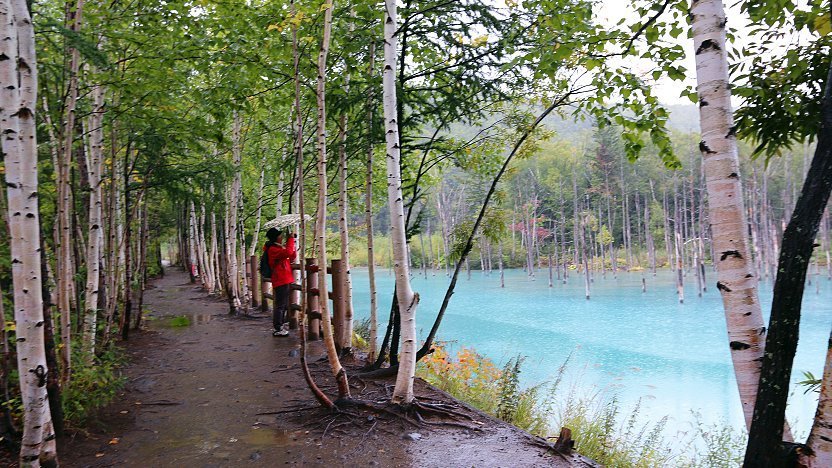Points of Interest
Fukuoka
One of Fukuoka's most famous attractions are the nightly food stands called Yatai. The Yatai offer many different types of Japanese foods, including ramen, oden, gyōza, yakitori, and tempura. They're scattered throughout downtown Fukuoka. A map and list of food stands is available from YOKANAVI, a Fukuoka tourism website.1
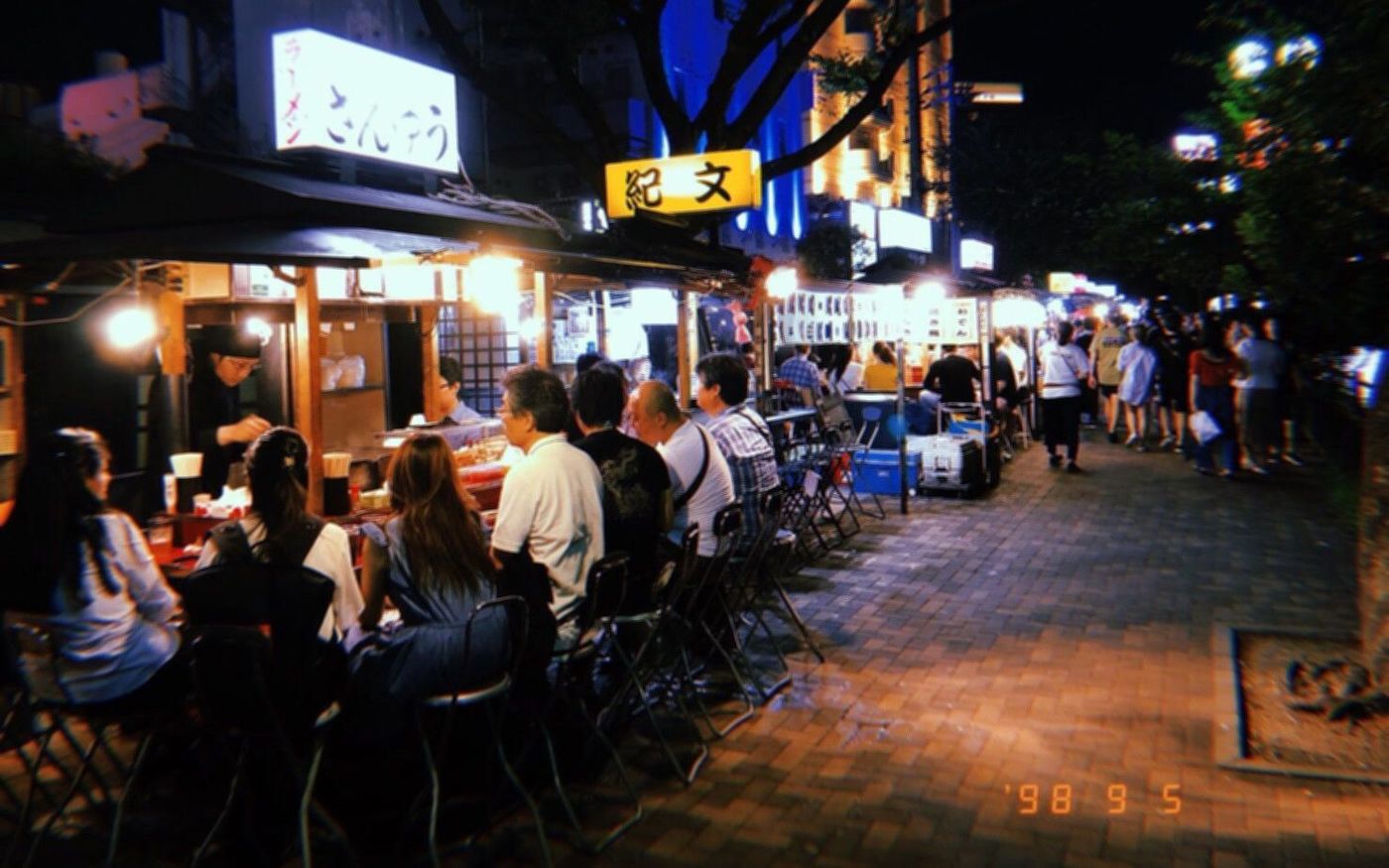
Fukuoka also lays claim to the oldest Zen Buddhist temple in Japan.2 While you're not allowed to step foot inside the buildings of Shōfukuji Temple, you can still take in the scenic temple grounds.3
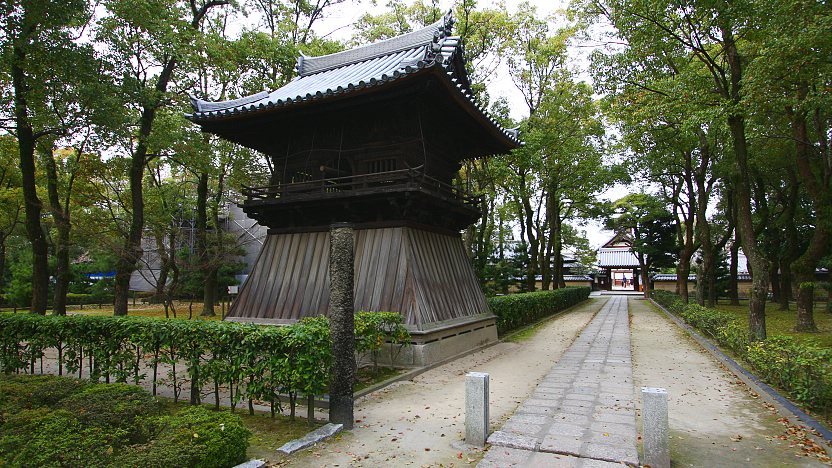
The third main point of interest in Fukuoka would be the Canal City shopping complex. Canal City Hakata provides "about 250 shops, cafes and restaurants, a theater, game center, cinemas, two hotels and a canal running through the complex".4 If you're feeling a bit homesick, Canal City has plenty of shops for brands that you would find in the US. However, Canal City also boasts a large amount of Japanese stores, including its 5th "Ramen Stadium" floor which is entirely dedicated to different kinds of ramen.5
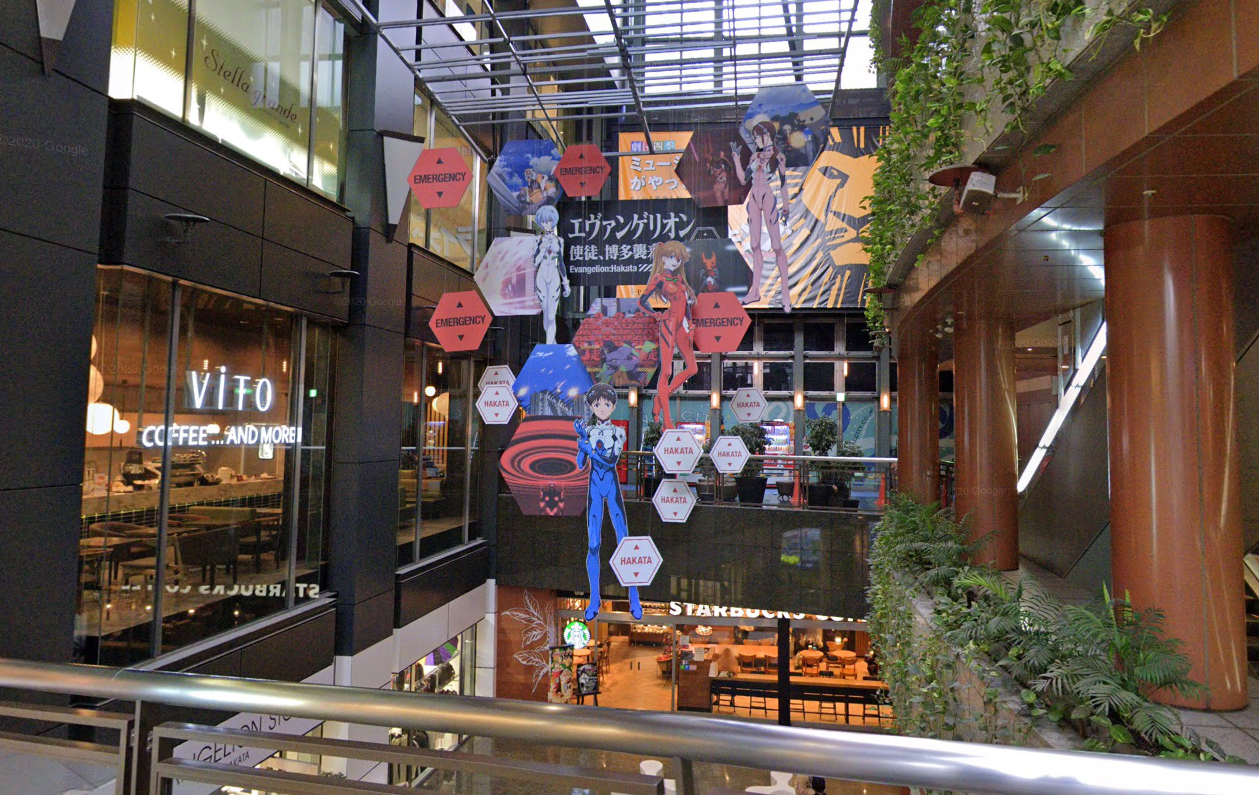
And finally, another historical location to visit in Fukuoka would be the ruins of its once-famous castle. The best time to visit is near the beginning of April, as the park around the castle is a prime spot for cherry-blossom viewing.
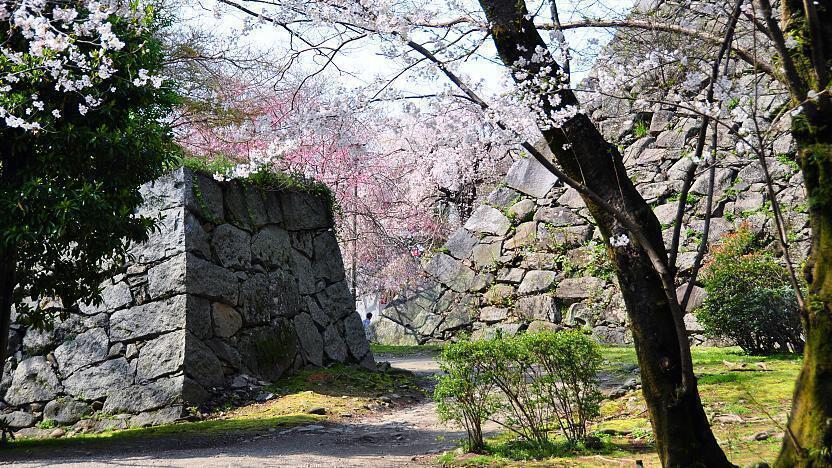
Uchiko
Uchiko is quite like a time capsule for Japan: it is known for its preservation and restoration projects. The two main attractions here, the Yōkaichi Old Town and the Kamihaga Residence, are discussed in Cultural Backgrounds. The Kamihaga Residence is available to tour with a tour guide, which is recommended.6
The Uchiko History Museum, offering more in-depth explorations into the lives of Uchiko residents of the 19th and 20th centuries, lies just outside Yōkaichi Old Town. Most of the written material is in Japanese, and tour guides do not seem to be available.
Every year during the 4th Sunday of April, Uchiko holds its Kawanobori River Festival, in which residents recreate the experience of the rafting once used for the transport of logs.7
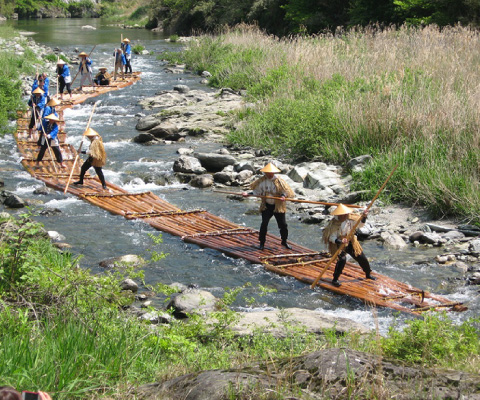
Kurobe Gorge
As the Kurobe Gorge Railway is mainly a tourist attraction nowadays, there's plenty of stops and things to see. At the first station, Unazuki Station, which you will depart from on the railway, there's many things you can explore beforehand. Of historical interest may be the Kurobe River Electric Memorial Hall, detailing the importance of the Kurobe Dam in Japan's industrialization efforts. Additionally, the Yamabiko Walkway offers a nice view of the Shin Yamabiko Bridge.
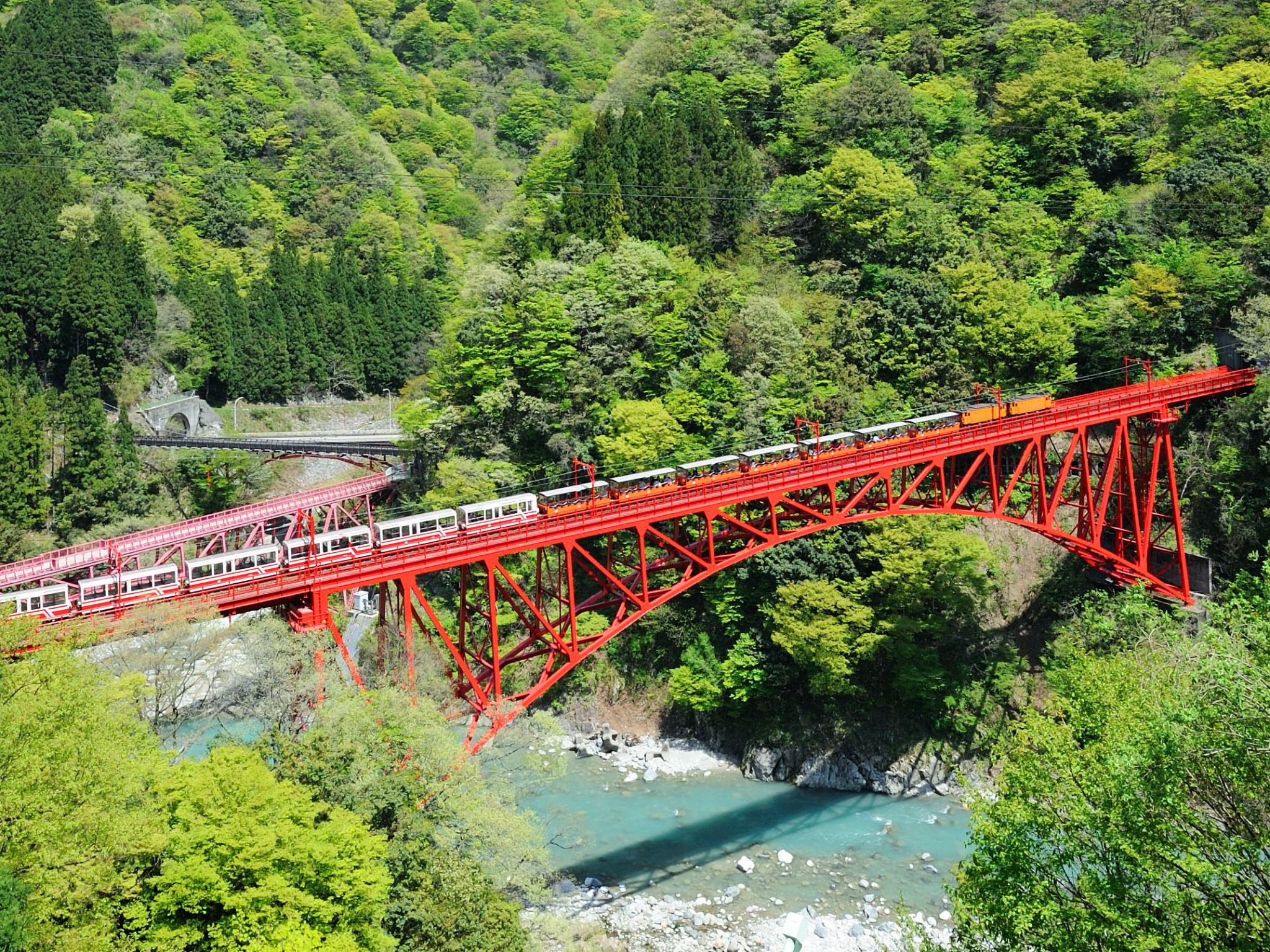
The second station, Kuronagi Station features a bridge, Atobiki Bridge, and an onsen, Kuronagi Onsen. The third station, Kanetsuri Station, is connected to an observation deck that allows one to observe the Mannen Yuki, or Ten Thousand Year Snow.
The final station of the Kurobe Gorge Railway, Keyakidara Station, features a large pedestrian bridge, Okukane Bridge, leading to Babadani Onsen and Meiken Onsen, which are both also ryokan (Japanese-style inns).
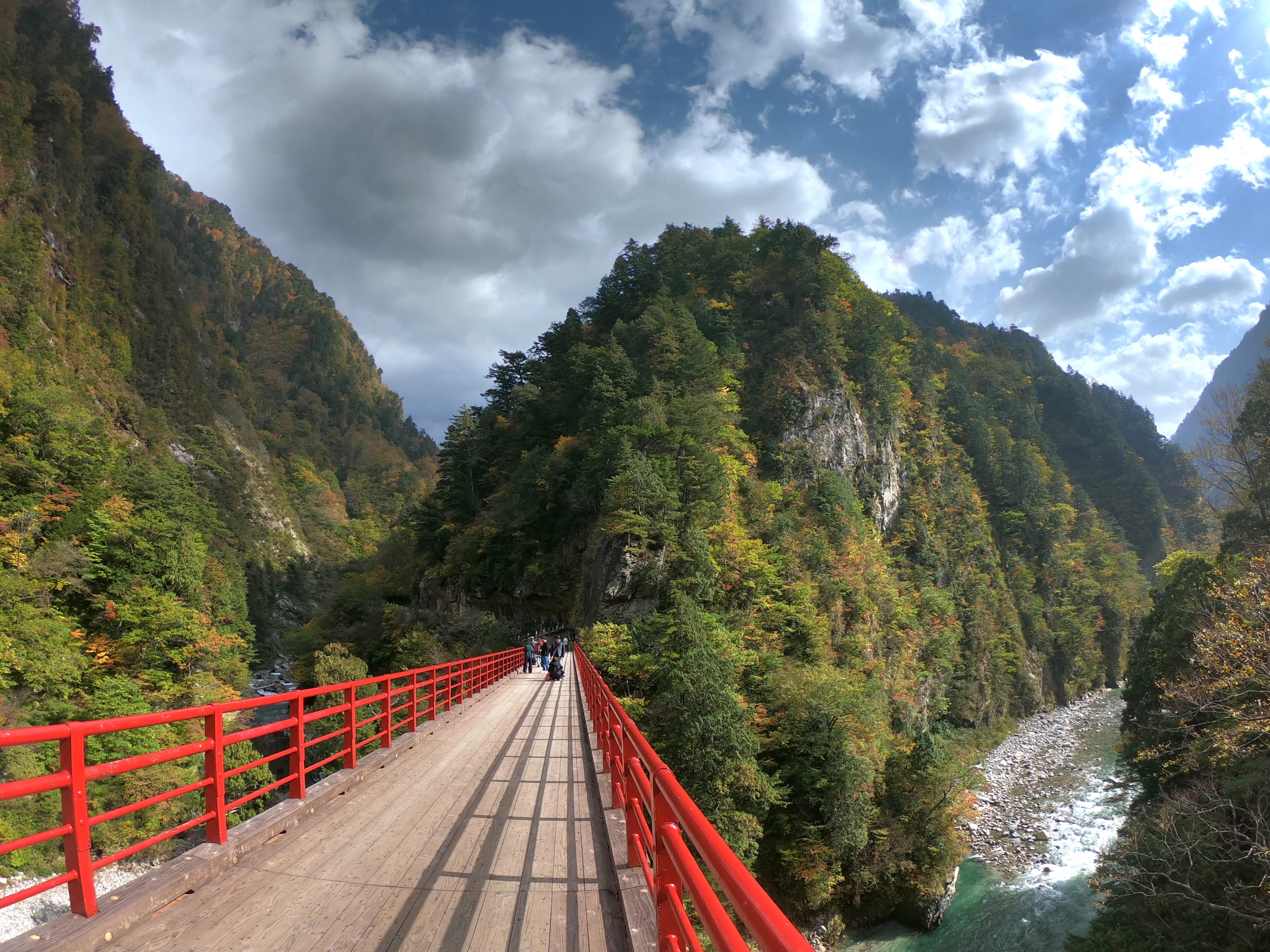
Yokohama
Yokohama is one of the most populated cities in Japan, second to Tokyo. As such, there's plenty to do. Yokohama is equipped with the largest of Japan's three Chinatowns, popular for its unique mixing of Chinese dishes into a Japanese style.
If you're looking for a more low-energy experience, Sankeien Garden is a Japanese-style garden featuring traditional Japanese buildings. Of course, it's a garden, so there's not much to "do": you are meant to relax, explore, and take in the scenery.
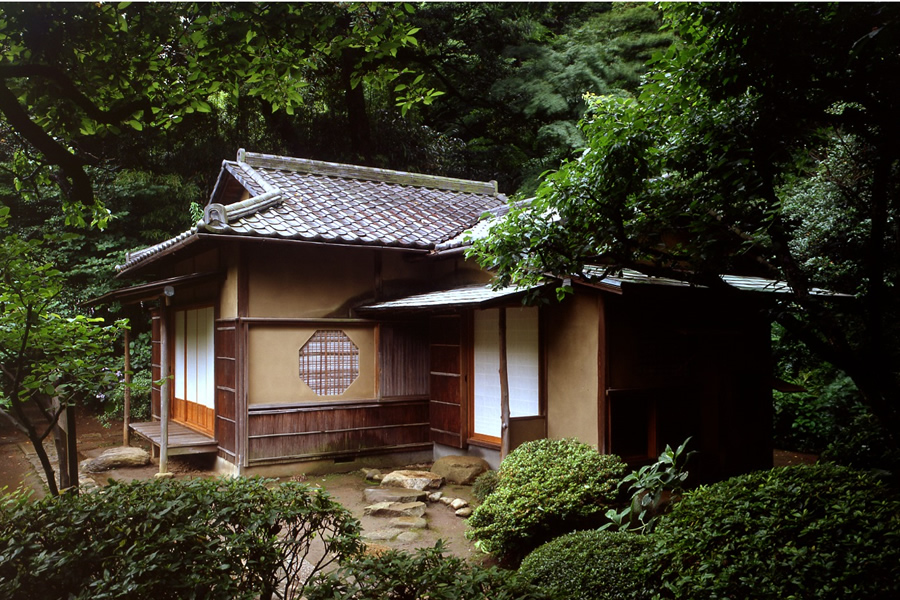
Yokohama is also home to Hakkeijima Sea Paradise, an amusement park with a few aquariums. Entrance into the park itself is free, as it is lined with various shops and restaurants, but the areas with rides or aquariums have entrance fees.
The set of three aquariums, Aqua Resorts, consists of the Aqua Museum, Dolphin Fantasy, and the Fureai Lagoon. In the Fureai Lagoon, one is allowed to touch some of the animals, and for an extra fee, can sign up for a guided tour where even more interaction, such as feeding, is allowed.
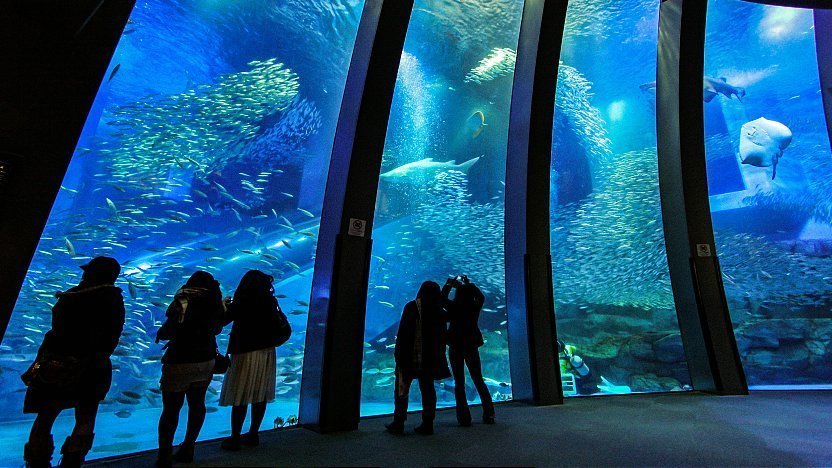
Furano
Furano's most famous attraction is its flower fields. One of the most popular places to get a good look at flower fields would be Farm Tomita. Most of the flowers enter full-bloom around June and July, but many fields will be flowering by May.8

Another one of Furano's attractions is its cheese factory. The factory, which also sells ice milk ("ice milk" and "ice cream" are by law different in Japan due to dairy content9) and bread, offers workshops for making various dairy products. You should call in beforehand to reserve, and make sure that you reserve on a day when enough people will be attending. Furano Cheese Factory offers menus in both Japanese and English on which prices and requirements are listed.10
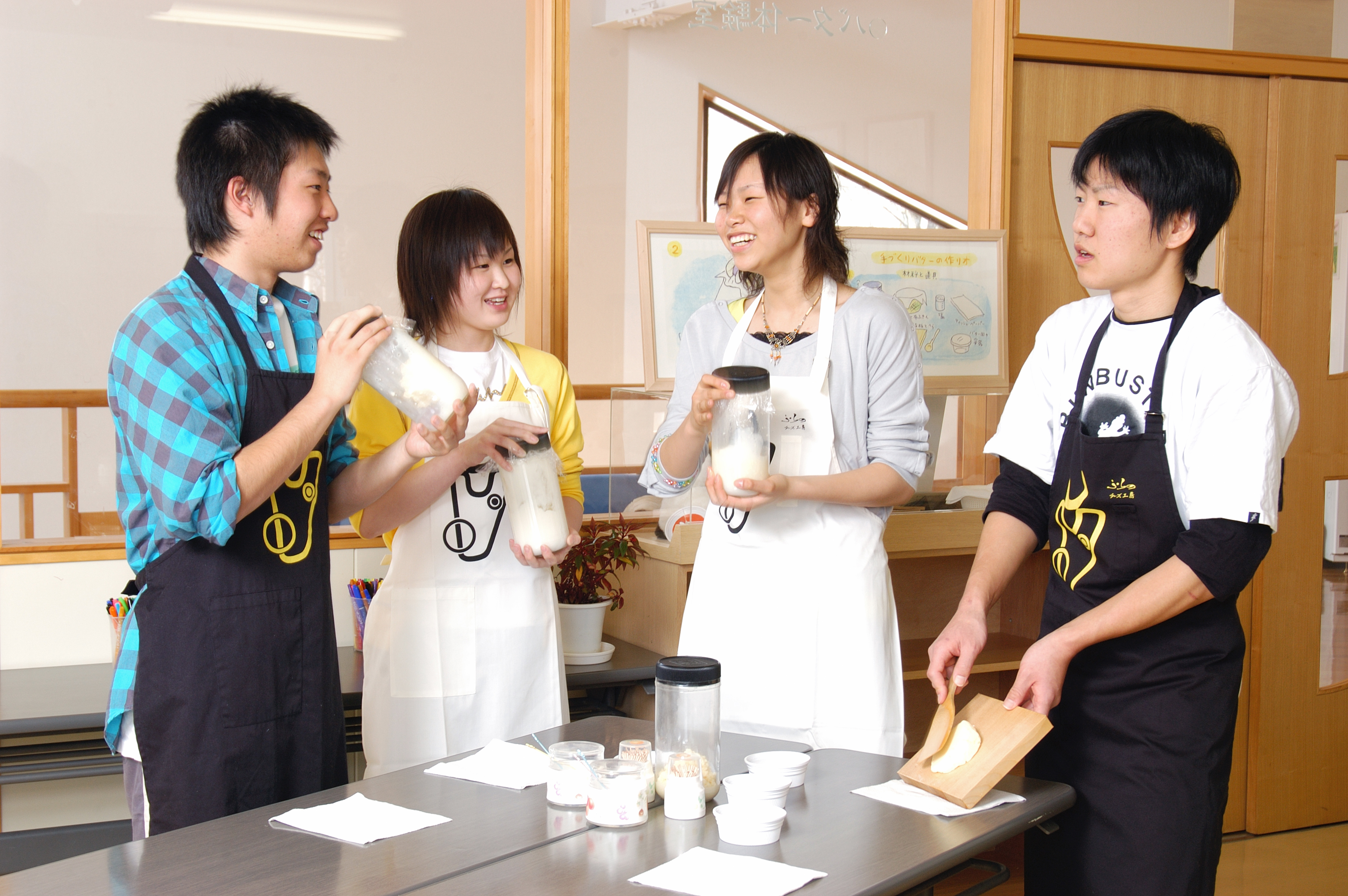
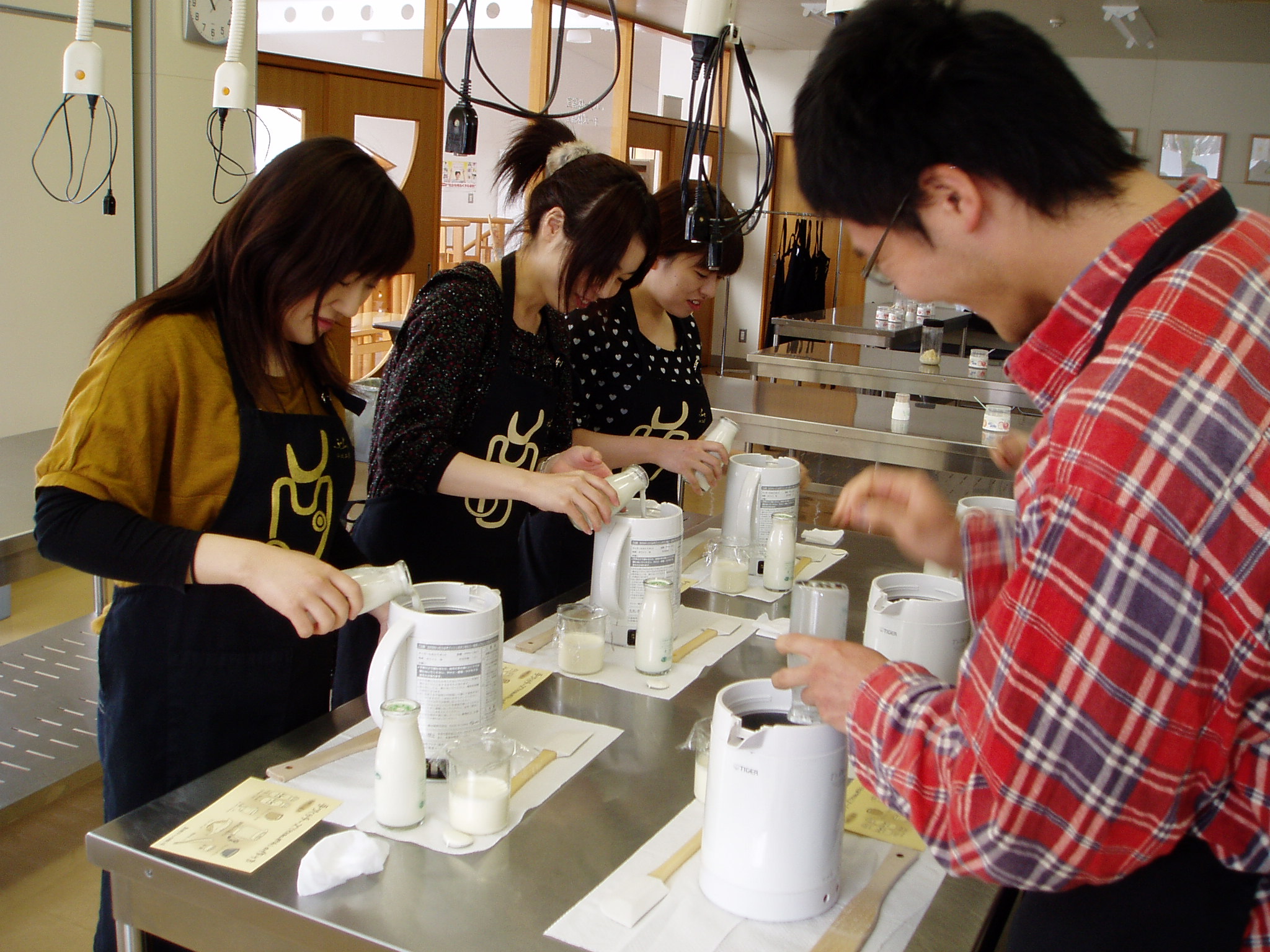
Finally, if you're willing to go out of your way, a good sight-seeing location would be the Blue Pond about a 2 hour bike-ride from Farm Tomita. You are not allowed to enter the pond, much less drink the pond water, but the intent is for it to be a good resting or tourism spot.11
